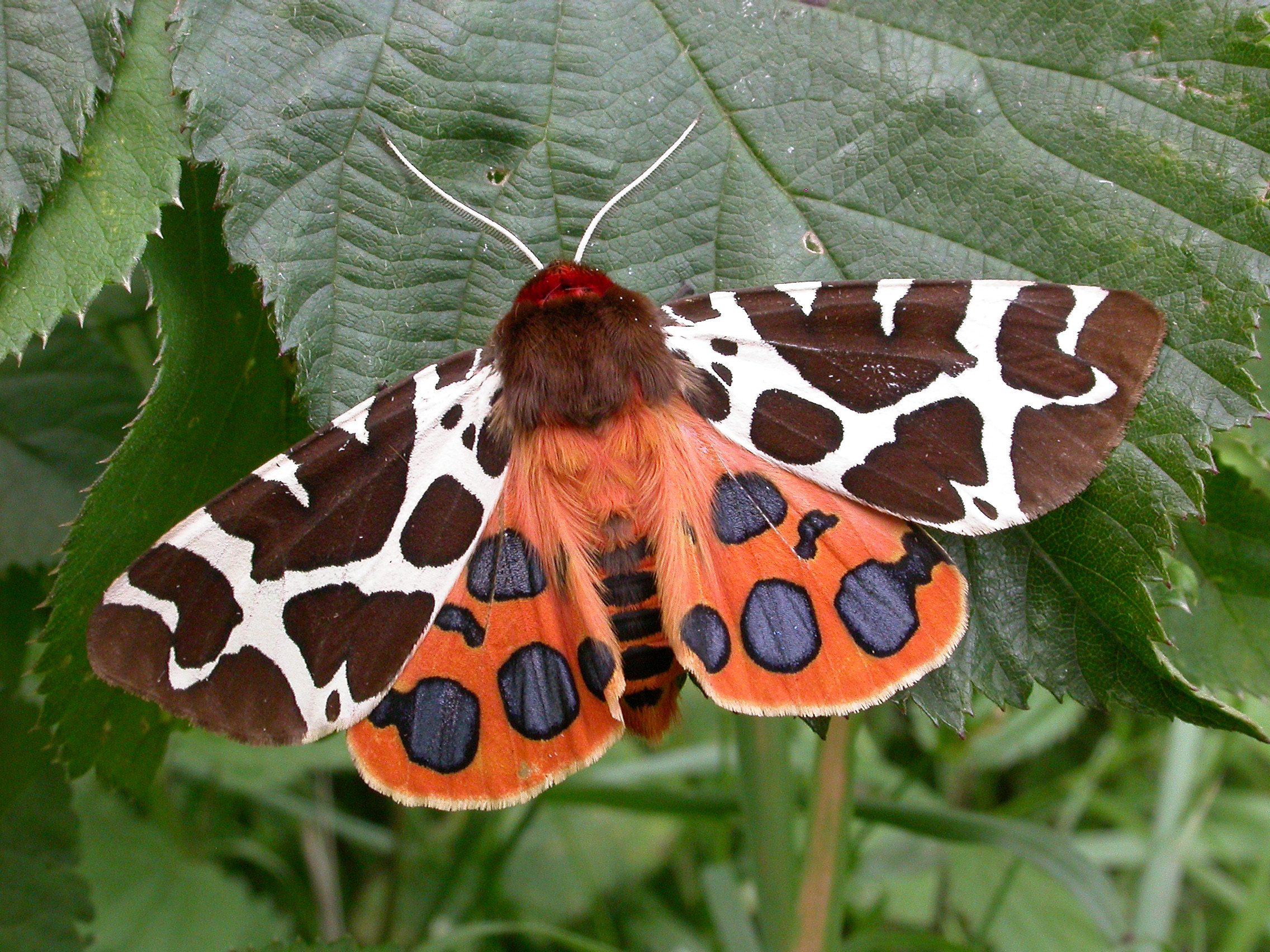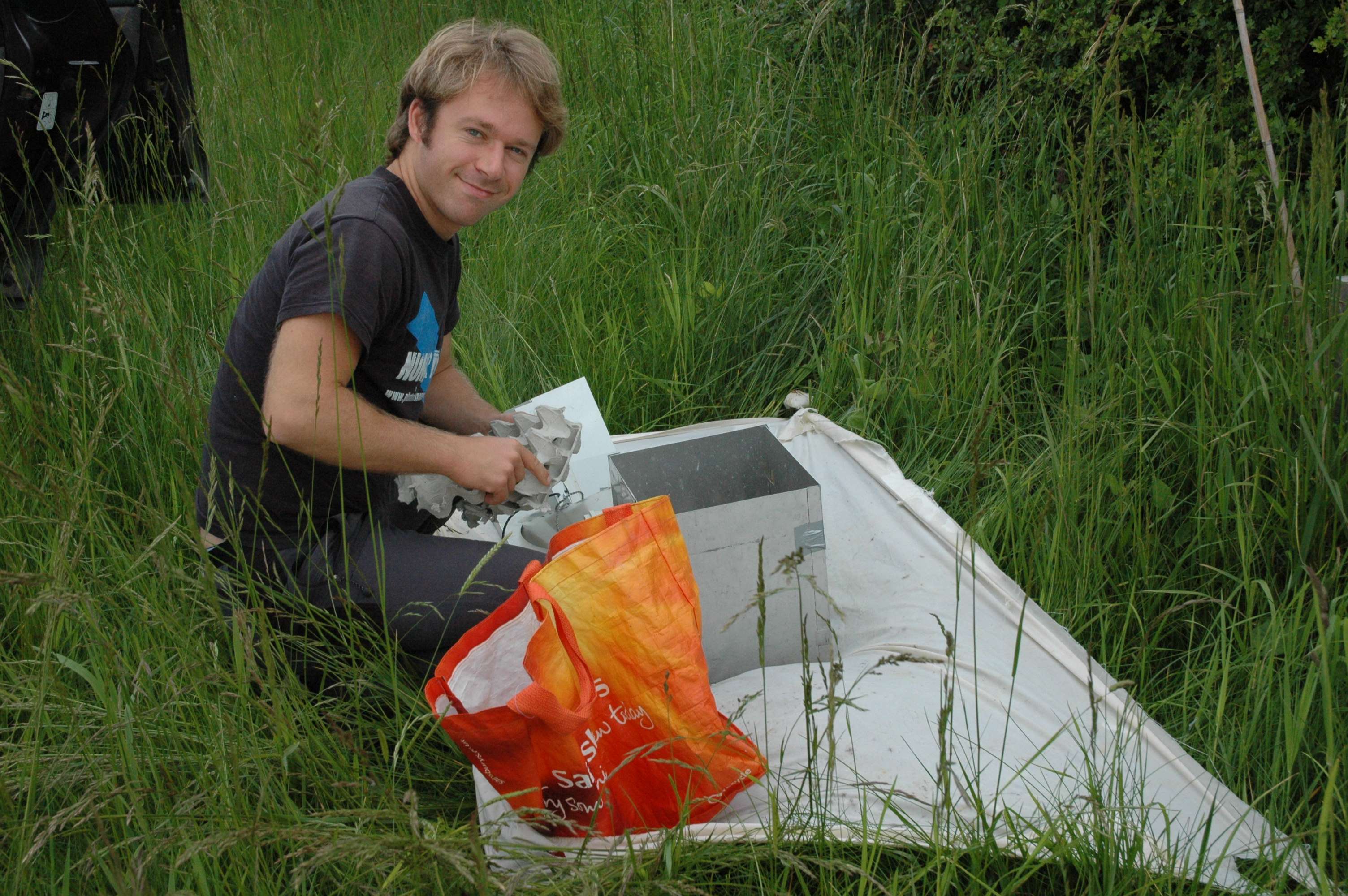Research
Moths on farmland
Landscape-scale conservation of farmland moths is urgently needed because of their alarming rates of decline. We have undertaken several experiments that involved light-trapping of macro-moths on intensively farmed land, at both the field and landscape scale, in lowland England. We have shown that hedgerow trees and wide field margins locally enhance macro-moth diversity. Our research has demonstrated and explained why relatively larger gains for farmland moths are to be obtained from a landscape-scale provision of these features. We have also shown that nationally declining macro-moth species are negatively affected by agricultural intensification of the surrounding landscape. The establishment of both hedgerow trees and wide margins are management options that are easily integrated within national agri-environment schemes. Our research suggests that these features could help to reverse negative trends for farmland biodiversity if they are implemented over sufficiently large areas, and managed appropriately, providing a dense network of key habitat resources.
Thomas Merckx
David W. Macdonald
Ruth E. Feber
References
T Merckx, D W Macdonald (2015) Landscape-scale Conservation of Farmland Moths. In: Wildlife Conservation on Farmland. Volume 1: Managing for Nature on Lowland Farms. Edited by: D W Macdonald & R E Feber. pp. 147-166, Oxford University Press.
T Merckx, L Marini, R E Feber, D W Macdonald (2012) Hedgerow trees and extended-width field margins enhance macro-moth diversity: implications for management. JOURNAL OF APPLIED ECOLOGY 49: 1396-1404.
T Merckx, R E Feber, C Mclaughlan, N A D Bourn, M S Parsons, M C Townsend, P Riordan, D W Macdonald (2010) Shelter benefits less mobile moth species: the field-scale effect of hedgerow trees. AGRICULTURE, ECOSYSTEMS AND ENVIRONMENT 138: 147-151.
T Merckx, R E Feber, M S Parsons, N A D Bourn, M C Townsend, P Riordan, D W Macdonald (2010) Habitat preference and mobility of Polia bombycina: are non-tailored agri-environment schemes any good for a rare and localised species? JOURNAL OF INSECT CONSERVATION 14: 499-510.
T Merckx, R E Feber, P Riordan, M C Townsend, N A D Bourn, M S Parsons, D W Macdonald (2009) Optimizing the biodiversity gain from agri-environment schemes. AGRICULTURE, ECOSYSTEMS AND ENVIRONMENT 130: 177-182.
T Merckx, R E Feber, R L Dulieu, M C Townsend, M S Parsons, N A D Bourn, P Riordan, D W Macdonald (2009) Effect of field margins on moths depends on species mobility: field-based evidence for landscape-scale conservation. AGRICULTURE, ECOSYSTEMS AND ENVIRONMENT 129: 302-309.
M C Townsend, T Merckx (2007) Pale Shining Brown Polia bombycina (Hufn.) (Lep.: Noctuidae) re-discovered in Oxfordshire in 2005 and 2006 – a nationally significant population of a UK Biodiversity Action Plan Priority Species. THE ENTOMOLOGIST’S RECORD AND JOURNAL OF VARIATION 119: 72-74.
-
 Garden tiger ©Maarten Jacobs
Garden tiger ©Maarten Jacobs -






